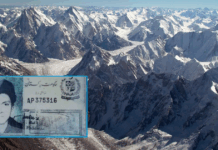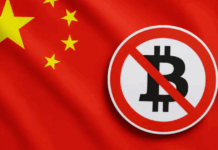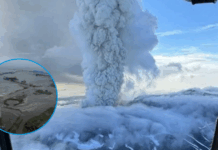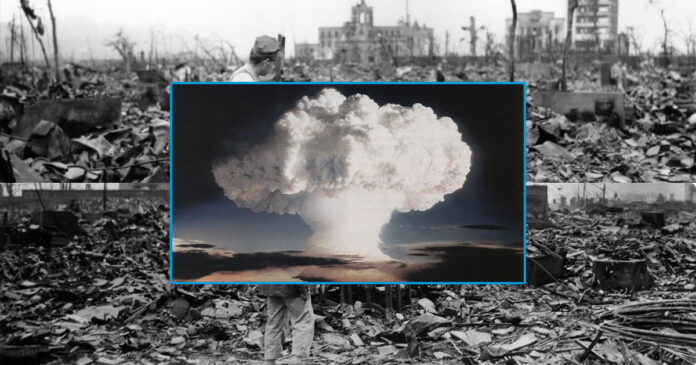2025 has seen much discussion about nuclear bombs. Less than two months ago, two nuclear powers in South Asia, India and Pakistan, were on the brink of an all-out war.
The ongoing conflict between Iran and Israel revolves around the nuclear bomb itself. The United States and Israel are adamant that Iran, which has long claimed to be using nuclear energy for civilian purposes, cannot become a nuclear power.
All wars set countries back and cause severe damage to civilian life. However, adding nuclear warheads into the mix brings an unprecedented fear factor into the equation, primarily because we have never seen a nuclear war, and the aftermath is horrid.
Irreparable Short-term and Long-term Repercussions
The grave danger with nuclear weaponry is that its effects last from milliseconds to years. There are immediate consequences, mainly from the explosion and energy release, and delayed effects that arise from nuclear fallout.
In less than a second upon its detonation, the bomb would create a massive thermonuclear explosion, leading to the formation of a fireball with vaporised gases hotter than the sun’s core.
The subsequent thermal energy (both heat and light) would burn and blind everyone and everything in sight. As the fireball spreads, it creates a blast wave, which carries nearly half of the bomb’s explosive energy.
The blast wave causes an enormous surge in air pressure, leading to the collapse of buildings, factories, and houses. The lethal overpressure may damage the eardrums and rupture internal organs.
If the nuclear weapon is detonated in the upper atmosphere, it could create an electromagnetic pulse (EMP) that could disrupt satellites and communication services.
Within seconds to minutes of the initial explosion, the iconic mushroom cloud forms; a towering column of superheated gases, vaporised dust, and nuclear debris rising into the atmosphere. The height it reaches depends on the bomb’s yield.
The long-term impact results from the nuclear debris that persists in the environment. Exposure to such particles has been linked to a variety of cancers. Furthermore, it can immunocompromise the population, leading to greater disease burden.
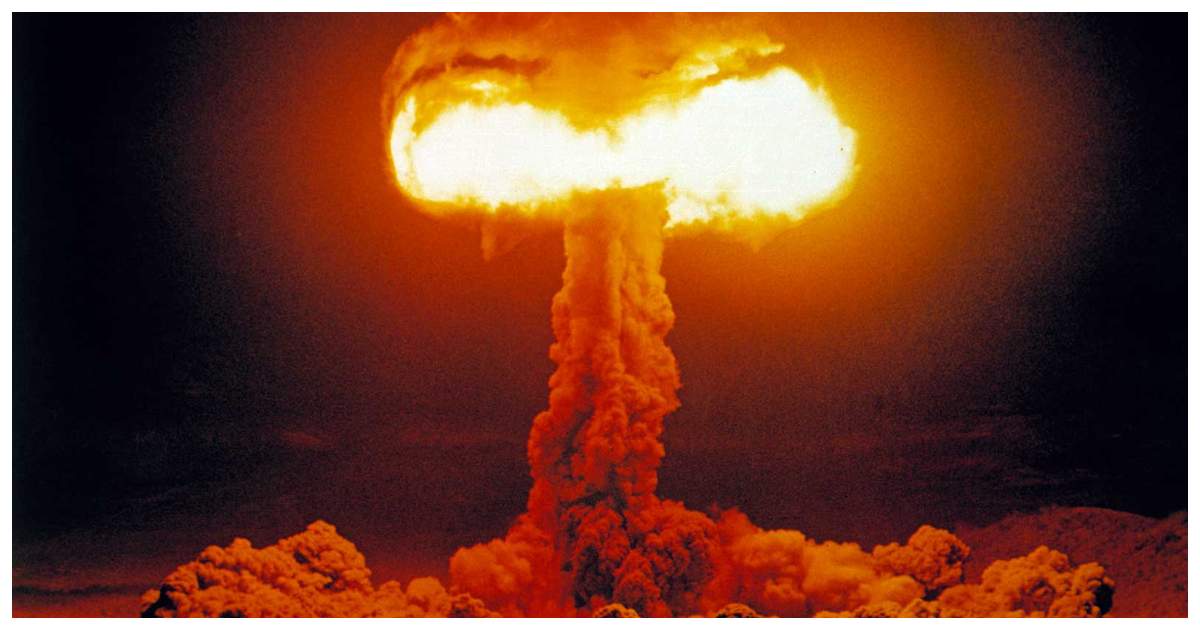
A Nuclear War Would Never Be Limited
Another issue relates to the scale of the conflict. If escalation has led to the use of nuclear weaponry, such as a nuclear bomb, a large-scale nuclear war could break out, which would threaten the survival of humanity.
All the nuclear powers have rival nations. Taking the case of perpetual rivals, Pakistan and India, if one detonates the bomb on the other, immediate retaliation would occur.
Owing to the bomb’s cross-border consequences and international politics, other nuclear powers, notably China and Russia, could also detonate their nuclear warheads.
A large-scale nuclear war could lead to a “Nuclear Winter.” Soot from the explosion and debris from the impact could block incoming sunlight, leading to a drastic decline in temperature. Vegetation would die, and global ecosystems would be disrupted.
“The Nuclear Winter” hypothesis has been compared to the asteroid that drove the dinosaurs into extinction. Hence, before any nuclear power dares to detonate, they should think a thousand times with a cooler mind.
Stay tuned to Brandsynario for the latest news and updates.







